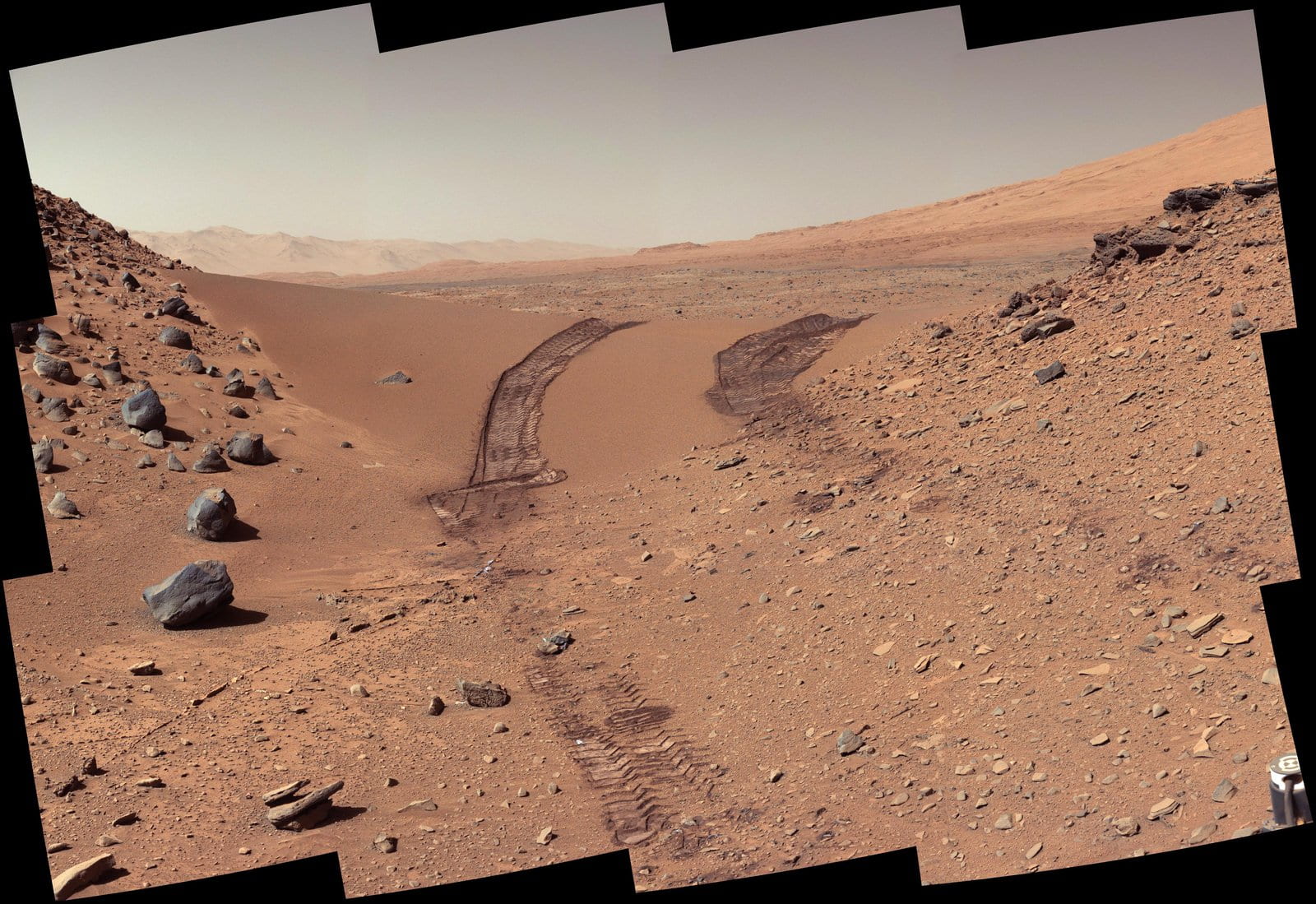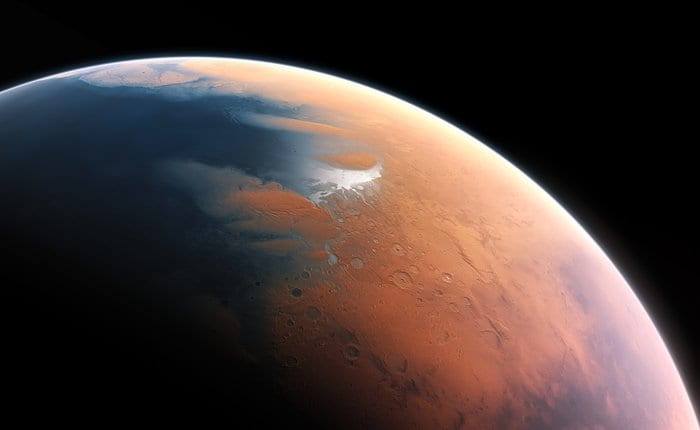John F. Mustard, Ph.D.
Professor of Earth, Environmental and Planetary Sciences
Professor of Environmental Studies
Brown University
“The central themes that run through my research are the processes that modify solid surfaces and the spatial and temporal scales that control environmental processes on the Earth. Because surfaces lie at the interface between the solid interior of a planet (from the shallow subsurface to the deep interior) and the fluid exterior (atmosphere, hydrosphere, etc.), their composition and morphology record the interesting interplay between interior and exterior processes.”
Land Use and Land Cover Change
- Remote sensing-based characterization and validation of land cover change processes
- Drivers and ecosystem impacts of landscape changes
- Climate, ecological and land use drivers of vegetation phenology
- Interactions between human decision-making, land use and climate change
Planetary Surfaces and Environments
- Using aqueous alteration minerals to understand ancient martian environments
- Evaluating the mineralogic evolution of martian volcanic products through time
- Remote sensing of the lunar surface to investigate impact and volcanic processes
- Hyperspectral imaging spectroscopy of planetary materials from lab to rover to orbital scales


